The celebrated young designer Tobias Wong died recently at the age of 35, officially by suicide. However, it appears he may have killed himself accidentally while sleep walking, a condition with which he had long been afflicted. In this post I speculate on how and why his ultimately tragic condition may have also contributed to the startling originality of his work.
Yesterday, a fascinating article in the New York Times written by Alex Williams, proposed that he didn’t intend to kill himself at all. Williams discovered that Wong was afflicted by sleeping disorders, and Wong’s boyfriend Tim Dubitsky is convinced he hung himself while sleep walking. Bizarre as this sounds, the anecdotal evidence is strong; his friends and family tell stories of Tobi getting up in the middle of the night and exhibiting strange sleep walking behaviour – cooking 3 course dinners, randomly billing clients and writing nonsensical emails. On one occasion he made costumes for his cats. When Tobi visited his mother in her high rise apartment, she would stack chairs by the doors to prevent him from accessing the balcony ledge. On another occasion, he was said to have removed a treasured painting from the wall and violently thrown it across the room.
I can believe it. I have a history of sleep walking too. Sometimes I wake up and act out conversations with strangers, or speak gibberish to friends. More than once I have left my room and woken up in strange beds, or found myself naked inside elevators, locked out of my apartment. Awkward situations. Parasommnias, sleep disorders and sleep walking tend to affect families, and my brother too once sleep walked while at college, falling down some steps and badly cutting his head open. Once, while camping in Croatia, my girlfriend tied her hand to mine with string, to prevent me from getting up in the night and falling off the nearby cliffs. Never, ever, however, could I imagine a tragedy on the scale of what happened to Tobias Wong. And yet, it is not unknown; both the popular media and medical literature are rife with stories of misadventure, death and even manslaughter being commited by those technically asleep. In these conditions the pre-frontal cortex of the brain is disconnected, and the afflicted may have no more control over their actions than they would over a simple dream.
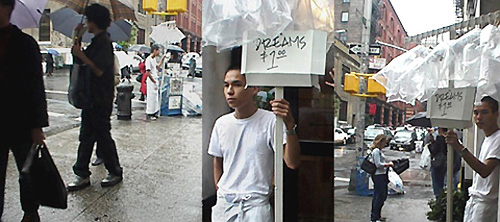

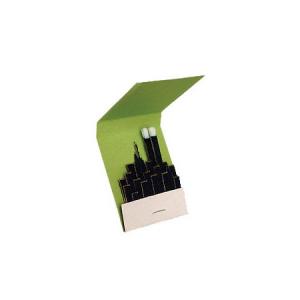
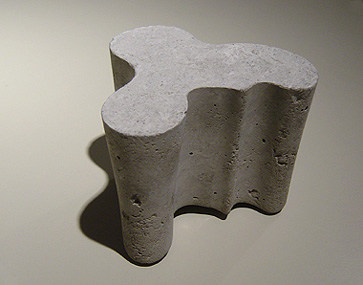




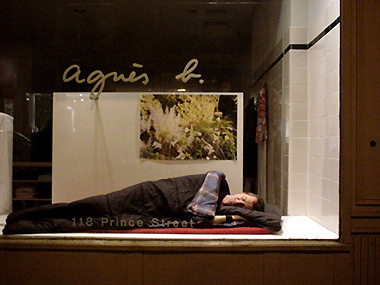
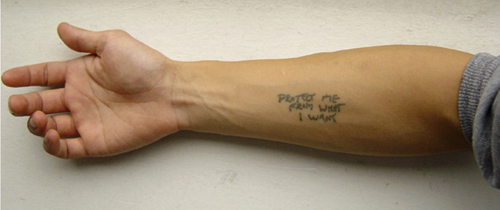

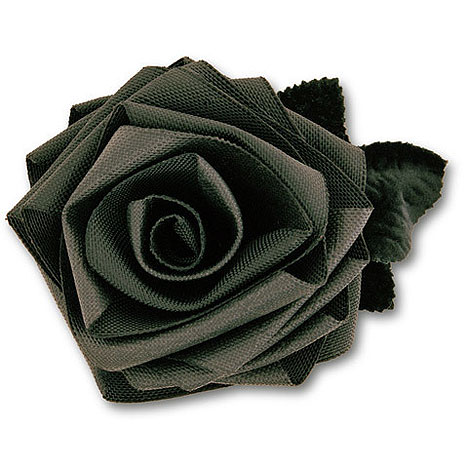
Pingback: The CANADIAN DESIGN RESOURCE - Designer Tobias Wong at the Museum of Vancouver
Comments are closed.